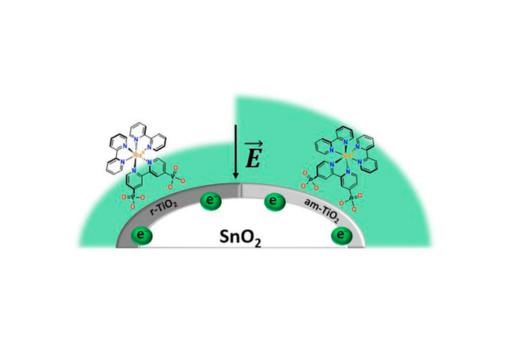Research Archive

Circulating polyunsaturated fatty acids (PUFAs) and lipid mediators were extracted from human red blood cells and quantified using liquid chromatography-tandem mass spectrometry (LC-MS/MS).
Here, we synthesize silicon NW GDs and fabricate single-NW devices from which significant changes in diode performance are observed from relatively minor changes in geometry.
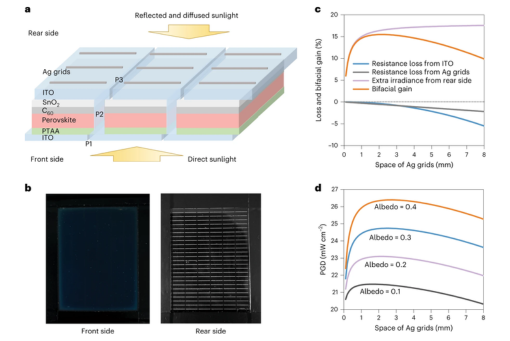
Here we report bifacial minimodules with front efficiency comparable to opaque monofacial counterparts, while gaining additional energy from albedo light.
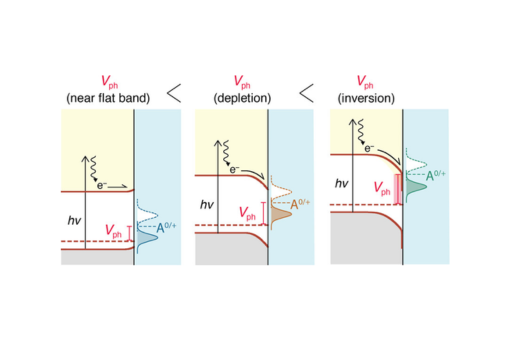
Photovoltages for hydrogen-terminated p-Si(111) in an acetonitrile electrolyte were quantified with methyl viologen [1,1′-(CH3)2-4,4′-bipyridinium](PF6)2, abbreviated MV2+, and [Ru(bpy)3](PF6)2, where bpy is 2,2′-bipyridine, that respectively undergo two and three one-electron transfer reductions.
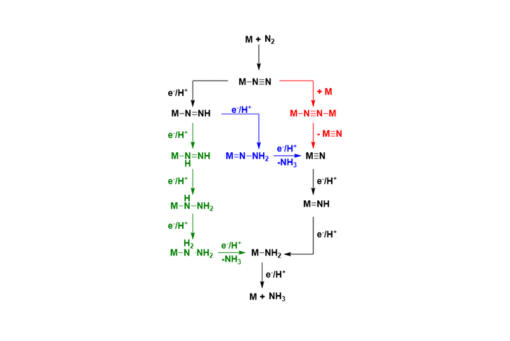
Here, we show that oxo and nitrido complexes of molybdenum supported by tetramesitylporphyrin (TMP) are effective precatalysts for catalytic N2 reduction to ammonia, verified by 15N2 labeling studies and other control experiments.
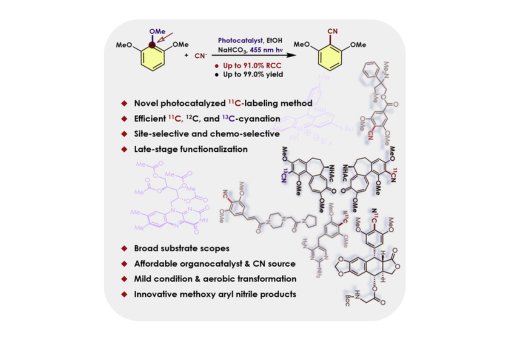
Here, we disclose a mild organophotoredox-catalyzed method for efficient cyanation of a broad spectrum of electron-rich arenes, including abundant and readily available veratroles and pyrogallol trimethyl ethers.
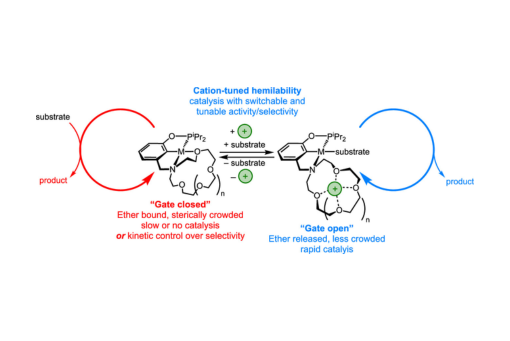
In this Account, the development of design principles for achieving cation-controlled catalysis is described.

To resolve the effect of crowding on protein stability, we use 19F nuclear magnetic resonance spectroscopy to follow the reversible, two-state unfolding thermodynamics of the N-terminal Src homology 3 domain of the Drosophila signal transduction protein drk in the presence of polyethylene glycols (PEGs) of various molecular weights and concentrations.
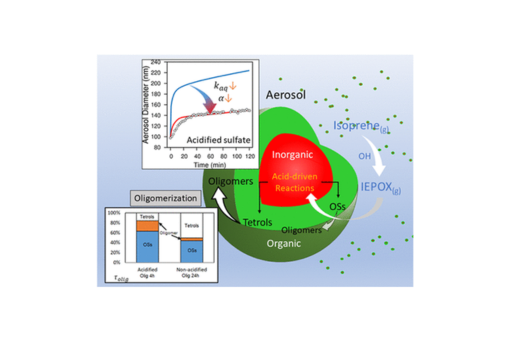
Here, we use simultaneous environmental chamber measurements of multiple parameters governing IEPOX-SOA formation at timescales of ∼hours: particle size distribution, composition, and volatility of IEPOX-SOA to constrain the key parameters governing IEPOX-SOA formation under humid (i.e., 50% relative humidity, RH) and varying seed aerosol acidity conditions.
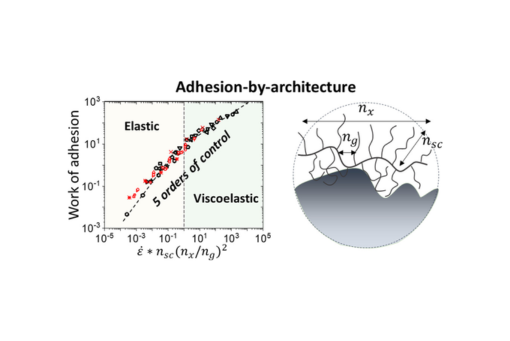
Herein, we develop a precise additive-free PSA design platform that predictably leverages polymer network architecture to empower comprehensive control over adhesive performance.


